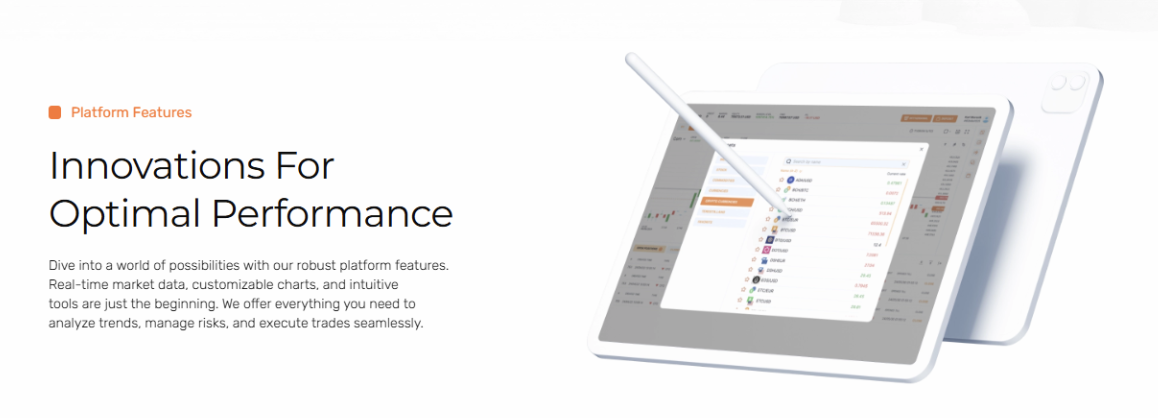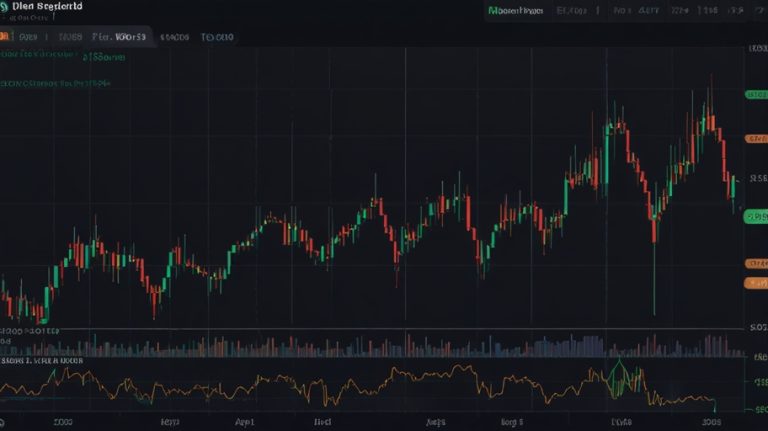In a world of digital distraction, maintaining your audience’s attention is both an art and a science. Like many other digital platforms, online casinos have mastered the craft of player retention – and one of their most efficient tools include casino bonuses and promotions. These in-game incentives offer the dopamine most players crave without any financial risk, making them irresistible to both casual and more seasoned players alike.
Recently, we’ve seen lots of research pointing towards the fact that increased gamification such as ‘streaks’ and ‘journeys’ encourage daily activity, while tapping into the same reward-driven psychology that will keep users checking in day after day. When used cleverly, promotions like free spins are less of a casino bonus and more of a powerful tactic that’s used to transform random clicks into long-term engagement.
It’s not rocket science, either. They’re a fun incentive to keep us playing – which isn’t much of a challenge, since after all that’s the main reason we tend to sign up for an online casino. So, whenever the opportunity arises to extend the gameplay and fun, there’s no reason to say no. But it goes without saying not every site offers generous no deposit free spins bonuses. On one hand, NoDepositFan spoils you for choice; and on the other hand there are sites which are more, let’s say stingy with the way they give out their free spins. So, our advice is to focus on the more generous sites!
Why Everyone Loves Free Spins
Free spins represent a clever hybrid between reward and trial, with players able to get the reels spinning on their favorite games without needing to spend any of their own money. So, we’ve got a situation with increased excitement and lowered risk – what more could we ask for? For casino operators, this situation is also a win-win, with users engaging for longer there’s always the chance they might be interested in making a real money deposit eventually.
It’s also no secret that sharing free spins can also help to introduce players to specific games, boosting exposure for newer game releases. Once a player identifies a potential payout – even on a no-risk spin – statistically speaking, there’s a higher chance they’ll be back.
The Psychology of ‘Free’
As humans in a capitalist world, we’re hardwired to respond to ‘free’ offers – especially when these are accompanied by instant gratification. Whenever slots are involved, spins are fast, colorful, and extremely tantalizing, providing users with instant feedback that satisfies both their curiosity, along with their reward seeking behavior. According to recent studies, ‘instant feedback’ in the digital world strongly correlates with increased retention across gaming and e-commerce sectors, which is definitely something to consider.
From Casual to Committed
In the greater scheme of things, free spins aren’t simply a lure – they’re more of a behavioral nudge. They encourage players to create new accounts, engage with the platform, and often also commit financially once a win pattern (even when it’s a small one) is established.
The Power of Free Spin Bonuses
Here are a couple of reasons why this casino bonus type continues to be so effective:
- No immediate cost to the player
- Allow for quick onboarding without any pressure
- Added value – players feel like they’ve received something extra
- Creating a sense of momentum, even before any real money is spent
- Builds familiarity with game rules and user interface
Playing the Long Game
While critics will often dismiss free spins as gimmicky, operators that include these bonuses within a well thought out player journey tend to see sustained results. It’s not just about the freebie itself, but more about its role within the larger strategy of engagement, which could include loyalty programs, triggered milestones, time-limited tournaments, and so on.
Dan Ariely, a behavioral economist argues that consistent micro rewards and short-term bonuses tend to be more effective at long-term engagement than sporadic big wins – which revalidates the subtle genius of the free spins model.
In Conclusion
While free spins might seem frivolous on the surface, their influence runs deep. In the hugely competitive world of digital entertainment, user retention is everything – and when marketing teams play their cards right then in-game bonuses like free spins will keep those players returning not simply out of habit, but because they’re into the experience overall.

















 Bitcoin
Bitcoin  Ethereum
Ethereum  Tether
Tether  XRP
XRP  USDC
USDC  Wrapped SOL
Wrapped SOL  TRON
TRON  Lido Staked Ether
Lido Staked Ether  Cardano
Cardano  Avalanche
Avalanche  Toncoin
Toncoin